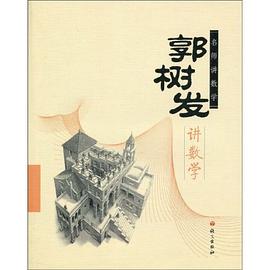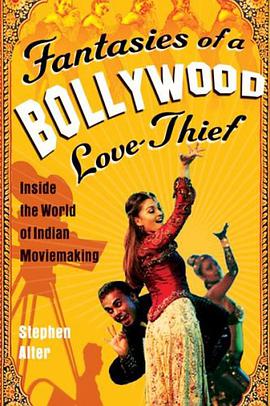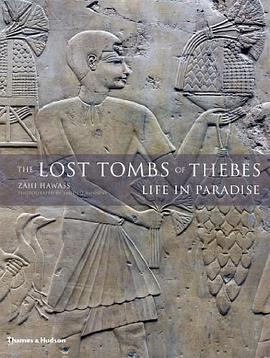

Escaping reality: the wonderful world of cinema during the Great Depression. From Tod Browning's "Dracula" (1931) to Charlie Chaplin's "The Great Dictator" (1940), this tome explores a diverse and fascinating era in world cinema. The stock market crash of 1929 had left the America - and the globe - in a devastating depression that would not begin to lift until World War II. With so many jobless, penniless, broken people singing the blues, is it any wonder that Hollywood strove to distract viewers from their misery with comedies like Chaplin's "Modern Times" (1936), Capra's "Feel-good Mr. Deeds Goes to Town" (1936), and the Marx Brothers' hilarious "Duck Soup" (1933), thrillers such as Hitchcock's seminal "The 39 Steps" (1935) or Hawks's "Scarface" (1932), or the epic romantic classic, "Gone with the Wind" (1939)? While American moviegoers flocked to the theaters to escape their troubles and find solace in the magical world of Hollywood movies, filmmakers in Europe were experimenting with new techniques in a medium that had only recently gained sound; Fritz Lang's "German Expressionist M" (1931) and Jean Renoir's anti-war masterpiece "La Grande Illusion" (1937) greatly enhanced cinema as an art form, while Leni Riefenstahl's visually stunning "Olympia" (1936-38) pushed the limits of the medium's technical capacities. It's clear that while the 1930s was a time of poverty and struggle for many people, the world of cinema was much enriched. Film entries include: Synopsis, Film stills and production photos, Cast/crew listings, Trivia, Useful information on technical stuff, Actor and director bios, as well as a complete Academy Awards list for the decade.
具體描述
讀後感
評分
評分
評分
評分
用戶評價
相關圖書
本站所有內容均為互聯網搜索引擎提供的公開搜索信息,本站不存儲任何數據與內容,任何內容與數據均與本站無關,如有需要請聯繫相關搜索引擎包括但不限於百度,google,bing,sogou 等
© 2025 qciss.net All Rights Reserved. 小哈圖書下載中心 版权所有




















